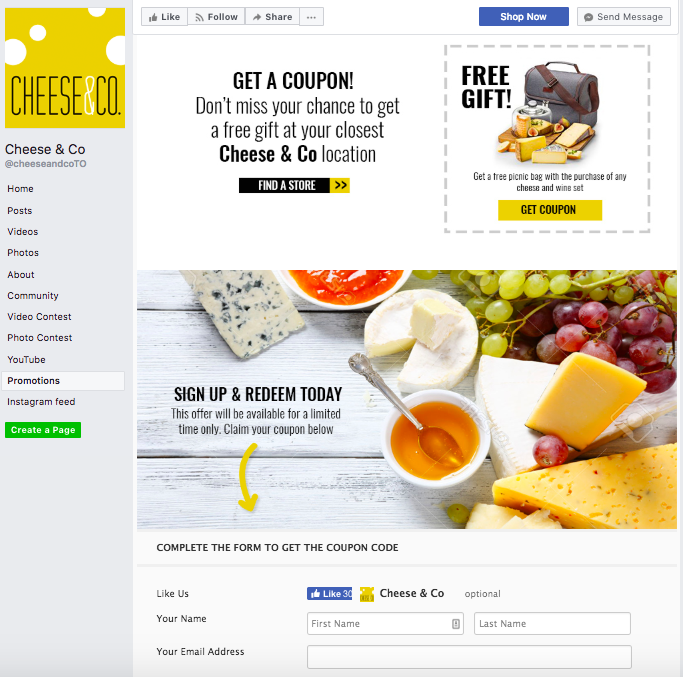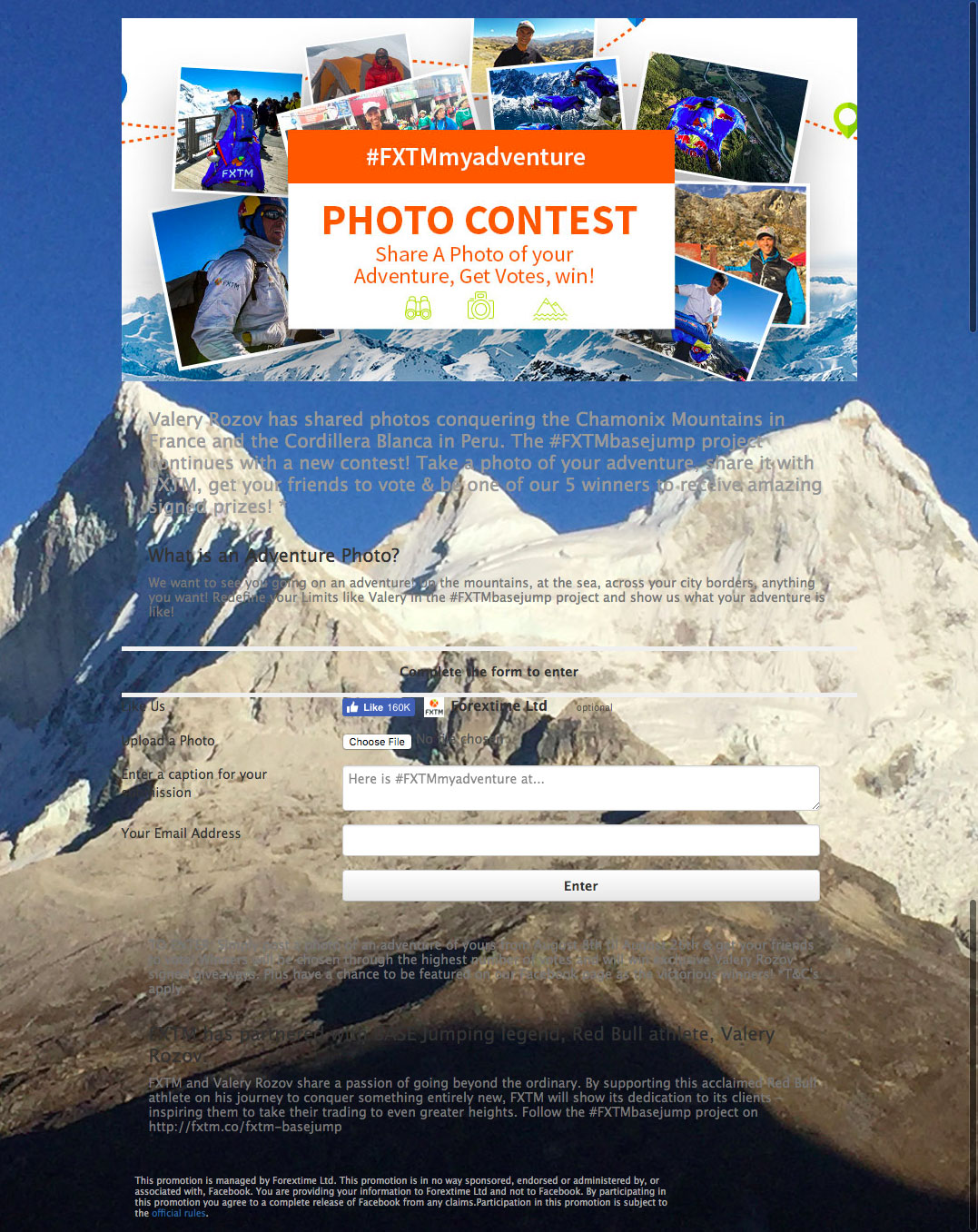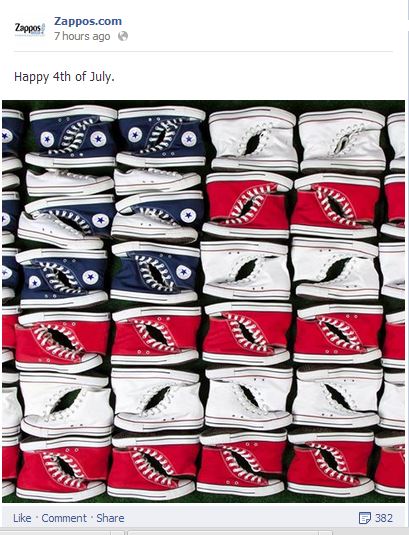We know that some brands tend to go a bit over the top when the holiday marketing season arrives. However, during these busier times, marketers understand that it’s going to require additional promotions and really smart, targeted and creative content to get noticed.
The 4th of July is one of the most arduous when it comes to having your marketing campaign not only get noticed but also achieve the goals you set out to with it. How do you highlight your marketing efforts and stand out in a sea of similar red, white, and blue posts? In this article, we will dive into the core elements in chronological order to aid you in crafting your most engaging 4th of July Facebook campaign yet. Let’s get started.
It all starts with your messaging and design.
To launch a campaign that truly stands out, you have to start with a strategy tailored to your business that will drive your messaging and content. This is not the time to go and scope out what your competitors are doing. If you don’t start with a strategy and a clear goal of who you want to reach, what they care about, and what you want to accomplish, you won’t be able to create a strong 4th of July campaign.
To get clear on your goals, messaging and strategy specifically for this holiday, ask and thoroughly answer the following questions.
- What product or services am I specifically promoting in this campaign?
- Do I want new leads, brand awareness, site traffic, sales, or something else?
- Who am I targeting? (To expand on this question using Facebook Audience Insights, check out our previous blog here)
- Will this audience be a cold lead, warm lead, or mix?
- What is the unique benefit of this campaign that the audience can’t receive through any other promotion with our brand?
- What is their pain point or what problems the days before or on the 4th of July can I help them solve?
- What do I want this campaign to result in (use specific numbers)?
From here you can think about what kind of campaign (contest, sponsored post, etc) makes the most sense based off of your goals. We will cover some ideas for this in the next section. But first, let’s cover some specific design elements to keep in mind after you’ve solidified your strategy.
Here are 4 design guides specific to the 4th of July holiday that go against most of what you’ll see floating around the interwebs.
1. A clean image and minimal text will create a pleasant and powerful experience, and as a bonus will stand out among the plethora of noisy, unattractive images.
Previously, if 20% of an ad image was text, it wouldn’t be approved to run. Even with Facebook’s 20% rule being thrown out, it’s a good idea to keep ads minimal text-wise and allow the visuals to play a key component in the messaging too. Here is a great example of simplicity done right by the famous shoe company, Zappos which was shared over 400 times.
2. It is a myth that you must stick with a red, white and blue color scheme.
In fact, if you choose a pleasing to the eye palette that plays off of these base colors (for example using a purple or pink) you will catch more eyeballs and attention.
3. A simple quote or message, combined with colors powerfully translates a message.
Don’t be afraid to add personality and humor as well if it’s part of your brand.

4. Emotions are the best way to capture attention.
Author Douglas Van Praet discussed the importance of emotion in decision making in Fast Company, stating: “The most startling truth is we don’t even think our way to logical solutions. We feel our way to reason. Emotions are the substrate, the base layer of neural circuitry underpinning even rational deliberation. Emotions don’t hinder decisions. They constitute the foundation on which they’re made!”
Look at the photo below. What do you feel?

We’d guess you felt something along the lines of sadness, empathy, and compassion. You may have even taken a moment to reflect on an experience in your own life. Without any words, you feel something and you were engaged. An emotional visual goes beyond what words can, and if done correctly, can drastically impact the success of your campaign.
Next, it’s time to choose the type of promotion you will run.
The type of Woobox campaign you run should directly correlate to the goals you set prior to this step. Here is a basic rule of thumb to follow when deciding which campaign makes the most sense for your 4th of July goals.
If your goal is to drive sales and site traffic, use campaigns like coupons, rewards, deals, freebies, and discounts.
Here is an example of these types of campaign-style from Woobox client, Cheese&Co.

If your goal is to drive brand awareness or deepen engagement with your social channels, use campaigns like photo and video contests, sweepstakes, and quizzes.
Here is an example of these types of campaign-style from a Woobox client

Important: Always use lead capture to build your list with all of these above campaigns by including a form for participants to provide their information in exchange for the deal or opportunity.
It might seem daunting to create and manage these types of campaigns, but software options to aid in the process, like Woobox, streamline the creation and management of these campaigns.
Lastly, it’s time to monitor and measure your 4th of July Facebook campaign results.
Just because you hit publish and your 4th of July campaign is live and launched, doesn’t mean that your job is done. This last step is often one of the most important parts, that many times gets overlooked.
The campaign may not be performing the way you envisioned. Commonly, you might also find the Cost Per Click rises after the frequency reaches a certain number. Make sure to put Facebook Ad’s Manager in your tabs and keep it open for the entirety of your campaign to monitor details like this and much more with your campaign. Key metrics to keep an eye on include number of actions taken, CPC, and frequency.
We’ve already created a deep-dive, very specific guide to help you monitor and measure not just your 4th of July campaign, but all your Facebook campaigns. We highly recommend checking it out and using it to guide you through the process (it can be a lot if this part of the campaign process isn’t your strongest suit).
And one last bonus tip for this section.
You can use Facebook Lookalike Audience feature to expand the reach of your 4th of July campaign. Using Facebook’s email-based lookalike audience, you can use a list of current leads you’ve captured so far from the campaign, use their emails as a source for the lookalike audience, and let Facebook find similar leads to target for your campaign.
Conclusion
Creating a Woobox account and starting to build your holiday campaigns is free of charge. With a free account, you can make as many campaigns as you’d like. A subscription is only required when you are ready to publish and run your campaign.

